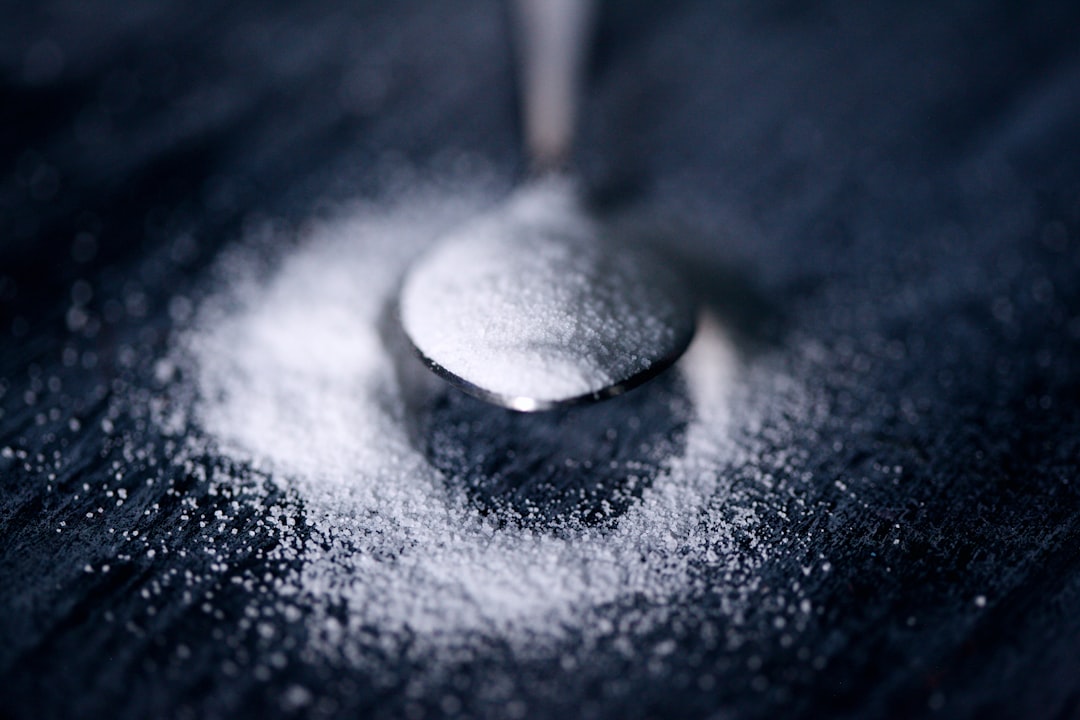Having grown up around family members with diabetes, I have always been warned about the dangers of eating too much sugar. Sugar is also particularly concerning because a family history of diabetes predisposes you to prediabetes and makes you more likely to develop diabetes in the future. With diabetes, you are also more prone to develop heart disease, kidney problems, blindness, and suffer a stroke. All of these factors are what led me to go sugar-free for a month.
I have tried doing sugar-free months in the past, but have never been successful in keeping it up. This time around, I was determined to not eat sugar and decided that December—one of the biggest sugar-filled months—was the best time to go sugar-free as it would test my willpower with all the delicious treats at socials, parties, and holiday goodies being traded around. Unfortunately, this meant that I could not eat the heavenly fudge my family makes annually for Christmas.
Since I knew going a whole month without added sugar would be nearly impossible, I gave myself two pre-determined cheat days closer to the start of the month to help ease my transition into a month of no sugar. After doing this no-sugar cleanse, I was able to learn a lot about sugar itself and ways to decrease my sugar intake both during the month and afterwards.
1. There are many names for sugar
As a biology major, I have been exposed to a lot of different forms of sugar such as sucrose, lactose, and fructose. Sucrose is the common table sugar found in grocery stores, lactose is naturally occurring in dairy products, and fructose is naturally produced in fruit. Sugar sources typically added to food are sucrose and some variation of fructose corn syrup, such as high fructose corn syrup.
2. Sugar has uses other than as a sweetener
While one of the main uses of sugar is to sweeten dishes, sugar also helps preserve the color, texture, and flavor of foods. It preserves the longevity of food by inhibiting microbial activity, allowing it to last longer. Additionally, sugar helps with gel formation in items such as jams and jellies which contributes to their stable structure.
3. Find other outlets for sugar cravings
As the month went on, I definitely felt myself craving sugar. Instead of turning to sweet items containing added sugar, I found myself reaching for a spoonful of peanut butter. For some reason, the saltiness was able to satiate my hankerings for sugar.
Since everyone’s cravings are different, find what helps keep yours at bay. Some suggestions for added sugar alternatives are fruit, nice cream (ice cream made using frozen bananas rather than cream), and—in my case—peanut butter.
4. Give yourself cheat days
As motivation to keep my no-sugar goal, I gave myself two pre-decided cheat days on birthdays to incentivize not having sugar for the rest of the month.
While sugar can be found in a variety of foods such as breads and pastas, having sugar directly or through desserts is a quicker way to gain energy, increase your blood sugar, and prevent becoming hypoglycaemic. By having sugar on these cheat days, I was able to have something to look forward to.
Considering the expected rise in the number of individuals living with diabetes and pre-diabetes in the coming years, we should all try to be more aware of our sugar intake in order to take precautionary efforts to prevent developing the condition.
Adopting a no-sugar diet is unsustainable long-term, but by taking steps to decrease the amount of added sugars consumed, you would be able to live a healthier lifestyle, decrease your chances of becoming diabetic, and savor the sweet treats you do eat.
Tips to decrease your sugar intake
Finding low sugar alternatives: Cutting out sugar completely for an extended amount of time is not sustainable. Instead of giving it up entirely, swap out some of your favorites with ones that have decreased amounts of added sugar. For instance, instead of chocolate chip cookies, try these banana-sweetened, chocolate chip oat cookies.
Out of sight, out of mind: Perhaps one of the easiest and least tempting swaps is to not buy sugary items in the first place. For me, not having items such as chocolate or cookies at home decreases temptation when I am craving sweets and ensures that I do not eat the item.
No-sugar weeks: No sugar weeks are a lot more manageable and attainable than no-sugar months. This way, you can reward yourself with one “cheat” day after going the previous seven days without sugar.
Make desserts at home: Instead of indulging on desserts bought from stores, making desserts at home is a healthier option since you know what is used to make the dish and can adjust the amount of sugar put into the dessert. There is also a lot of effort put into making dessert which will make you work harder for the sweet dish you are eating.








